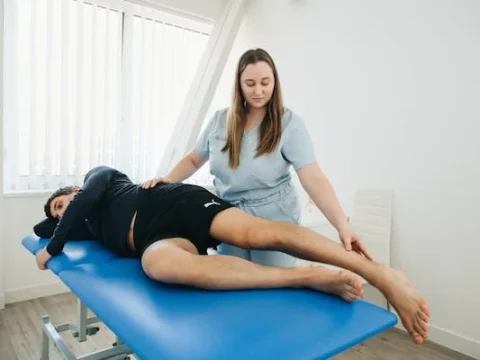Understanding Orthotic Casting
Understanding Orthotic Casting

In order to create custom orthoses that are tailored to meet the specific needs of patients with musculoskeletal disorders, injuries, or abnormalities, orthotic casting is a fundamental component of orthotic care. This method entails carefully molding a patient’s limb or other body part to create an exact duplicate that is the basis for creating orthotic devices.
Usually, the process starts with a comprehensive evaluation of the patient’s state by a licensed medical practitioner, such as an orthopedic specialist or orthotist. Obtaining relevant medical history.
Casting begins as soon as the necessity for orthotic intervention is determined. This involves applying casting materials directly to the patient’s injured limb or body part, such as plaster or thermoplastic material.
Common techniques include computer-aided design and manufacturing (CAD/CAM), which offers increased precision and efficiency, and traditional plaster casting, which offers mold accuracy and customization.
Expert orthotic technicians use state-of-the-art production methods to turn the mold into a long-lasting, cozy appliance that meets the individual anatomical requirements and therapeutic goals of the patient.
. Orthoses aid in pain relief, increased mobility, and an overall improvement in the quality of life for patients by offering individualized support, stability, and alignment correction.
To achieve the best results in orthotic care, healthcare professionals—including doctors, therapists, orthotists, and patients—must continue to collaborate. Because of this multidisciplinary approach, orthotic interventions are made specifically for each patient and are easily incorporated into their overall treatment plan.
Healthcare providers can effectively optimize patient outcomes and promote functional independence and well-being by fusing cutting-edge techniques with clinical expertise.





